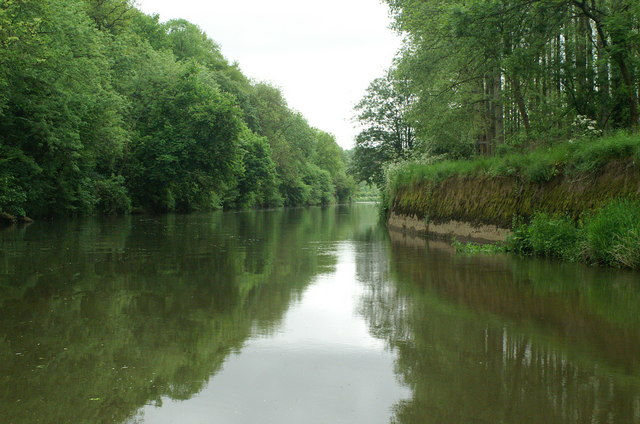Discover Bristol and Explore the Fossils and Geodiversity of Bickley Wood
- Wayne Munday
- Jul 2
- 3 min read
Updated: Sep 11
Sip back and discover Bristol and explore Bickley Wood one of Britain’s most significant geological and fossil sites designated an SSSI dating back to the late Carboniferous period. Bickley Wood is only a short distance eastwards from central Bristol near Hanham Green in the Pensford Basin along the Avon River Trail. Bickley Wood offers the most complete and accessible exposure of non-marine invertebrate and plant fossiliferous shales of the Downend Formation part of the Pennant Sandstone Formation. Dating to between the Bolsovian (Westphalian C) to Asturian (Westphalian D) substages some 315.2 - 307.5 million years ago this location marks the later stages of the Westphalian Stage of the Late Carboniferous period. The Downend Member is confined to the Bristol and Somerset coalfields that comprise of two main regions of the Bristol Coalfield (from Bedminster to Yate) and the Somerset Coalfield (centered around Radstock and extending to the Mendip Hills). Today, Bickley Wood forms part of the Avon Valley Wood Nature Reserve and is home to Woodpeckers, Herons, Kingfishers and Otters all of which are indicators of a healthy river ecosystem.

The Downend Member is part of the Pennant Sandstone Formation mainly composed of coarse sandstones, conglomerates, mudstones and coal seams. This rock was deposited in an environment of river channels and floodplains and is also described as a diachronous formation in that its age varies across different locations.
This means that these deposits did not form simultaneously throughout but was deposited in different time periods between the Aegiranum and Cambriense marine bands in Somerset and above the Cambriense Marine Band in Bristol. These marine bands represents a brief period of marine transgression or when sea levels rose and the sea submerged the West of England.
During this time Britain lay near the equator on the supercontinent Pangaea within a warm and humid tropical belt. Extensive swamp forests, deltas and meandering rivers covered the region leading to coal accumulation and the formation of coalfields such as those in Bristol, South Wales and the Midlands. Bickley Wood preserves a story of a transition from organic-rich peat swamps to increasingly dynamic river environments booked-ended by marine transgression.
The dominant rock at Bickley Wood is a cross-bedded sandstone that indicates it was originally deposited by a high-energy river and delta currents and delivered from the rising southern uplands influenced by the uplift from the Variscan Orogeny a mountain-building event caused by the collision of Gondwanan and Laurussian landmasses that lasted for about 100 million years.

Interbedded within the sandstone are thin shale layers rich in plant and faunal fossils. These include freshwater bivalves such as Anthracosia phillipsi, and a range of plant species including the extinct seed fern's of Ptychocarpus, Neuropteris and the primitive vascular tree-sized lycopsid plant called Lepidodendron. All of these species are dated to the Westphalian D age.
Interestingly, the fossil layers represent calmer floodplain or deltaic environments that contrast to the energetic sandstone deposits that indicate changing environmental conditions likely driven by seasonal climate differences and flooding.

Bickley Wood stands as one of Britain’s premier geological and fossil localities for the late Carboniferous and sheds light on a time of tectonic activity, rising mountains, retreating swamps and climate transformation.








